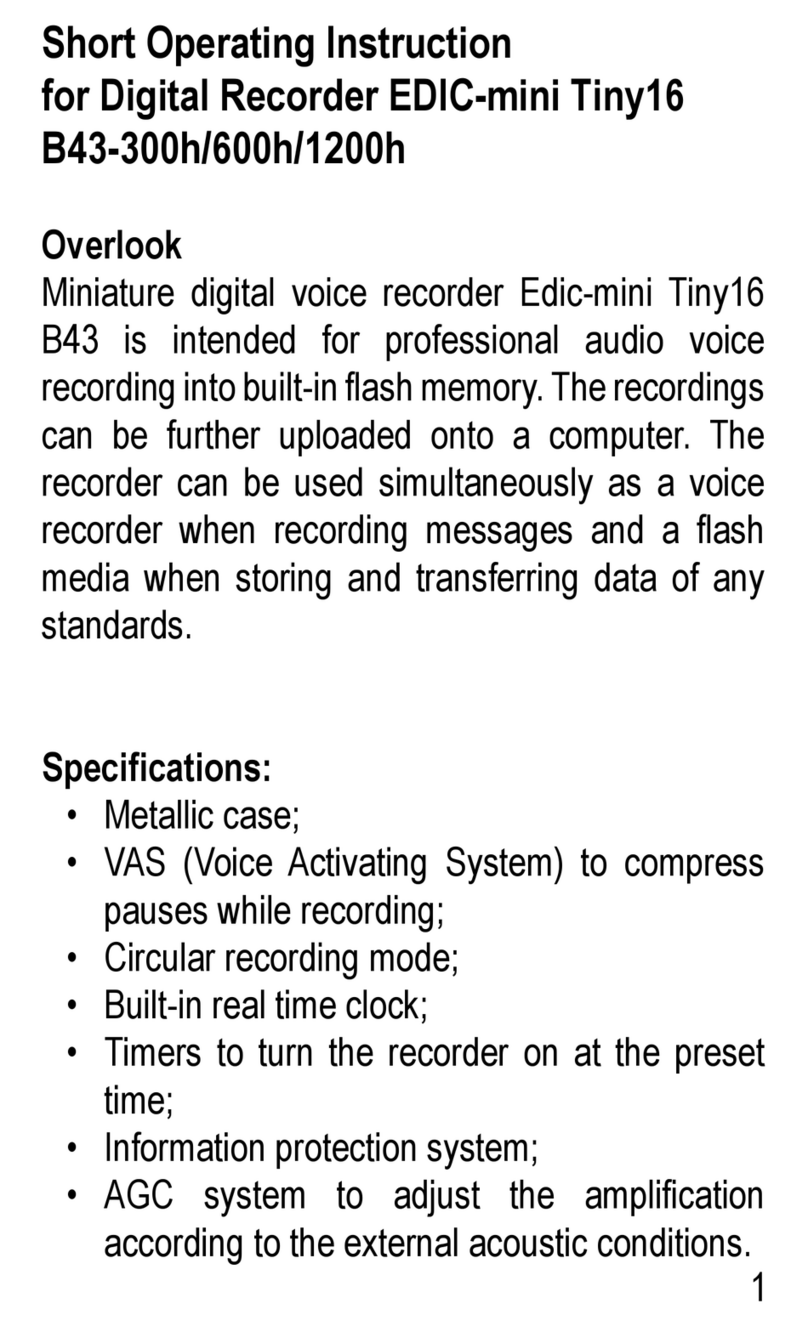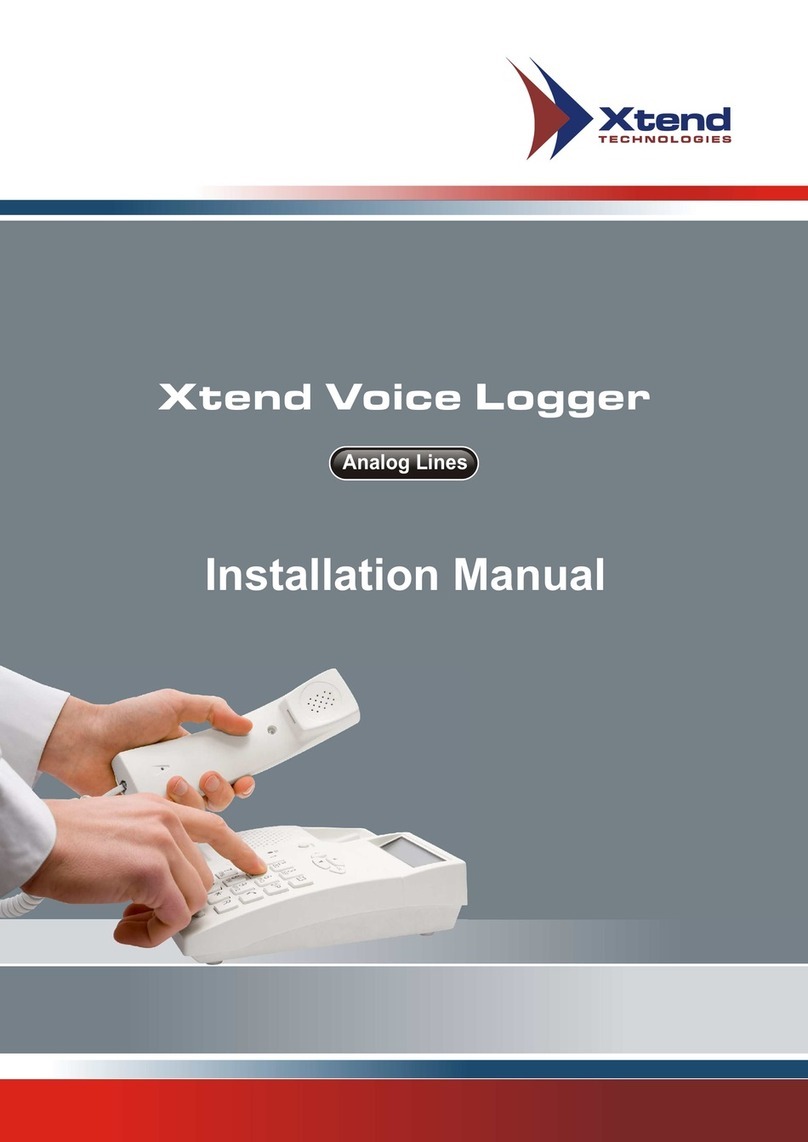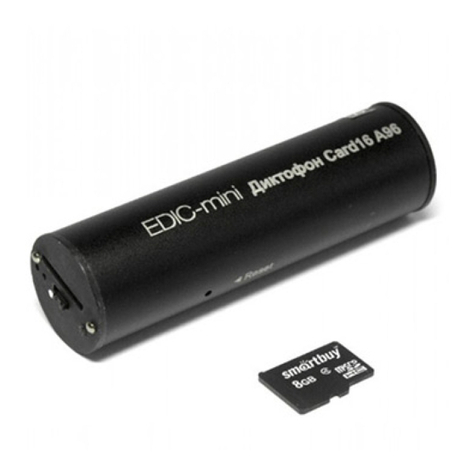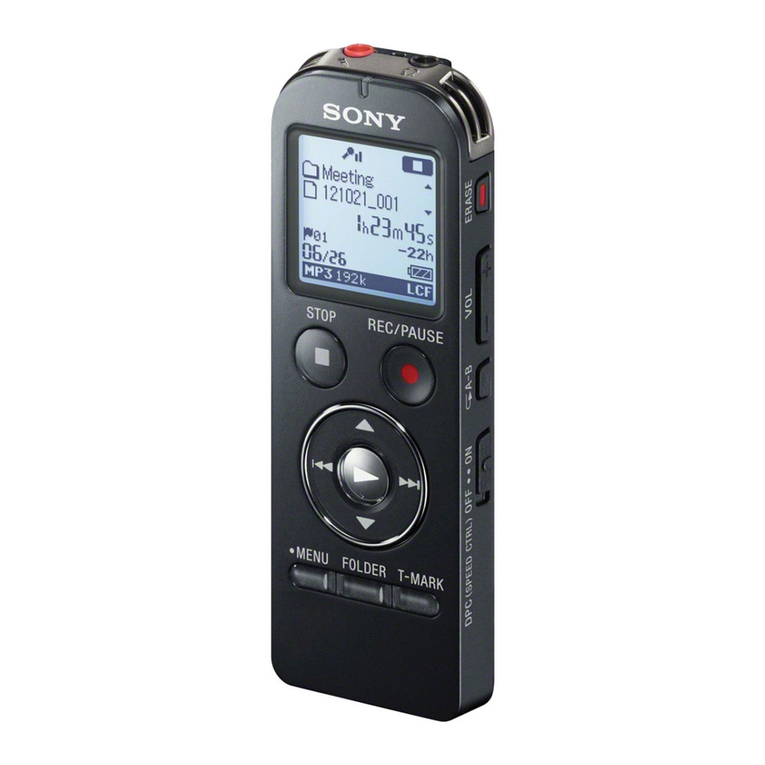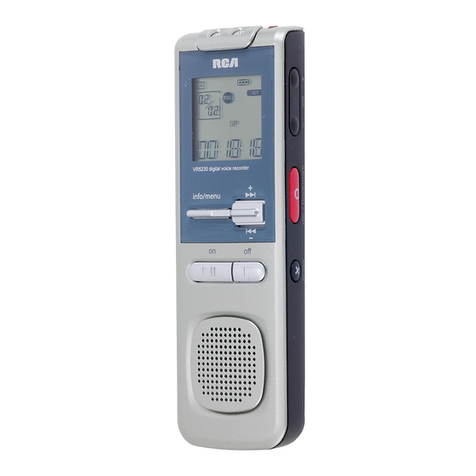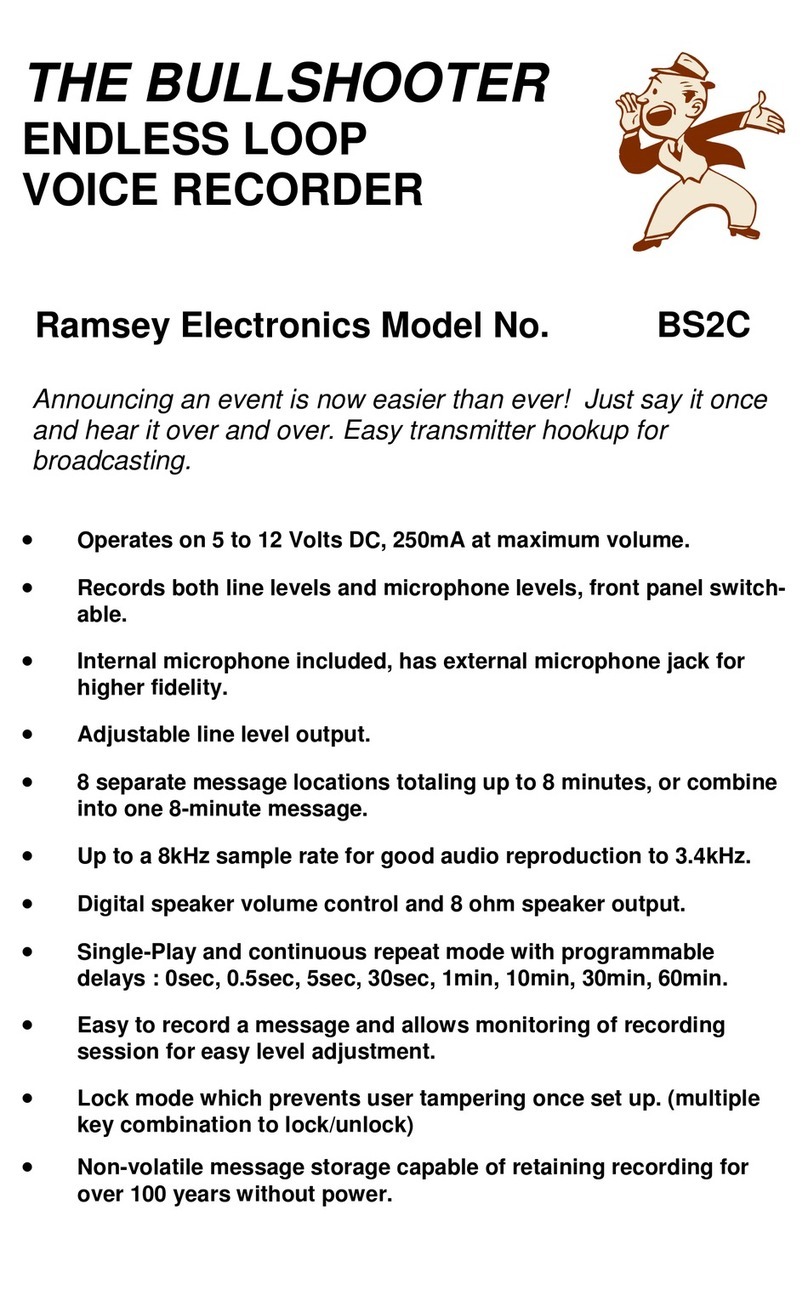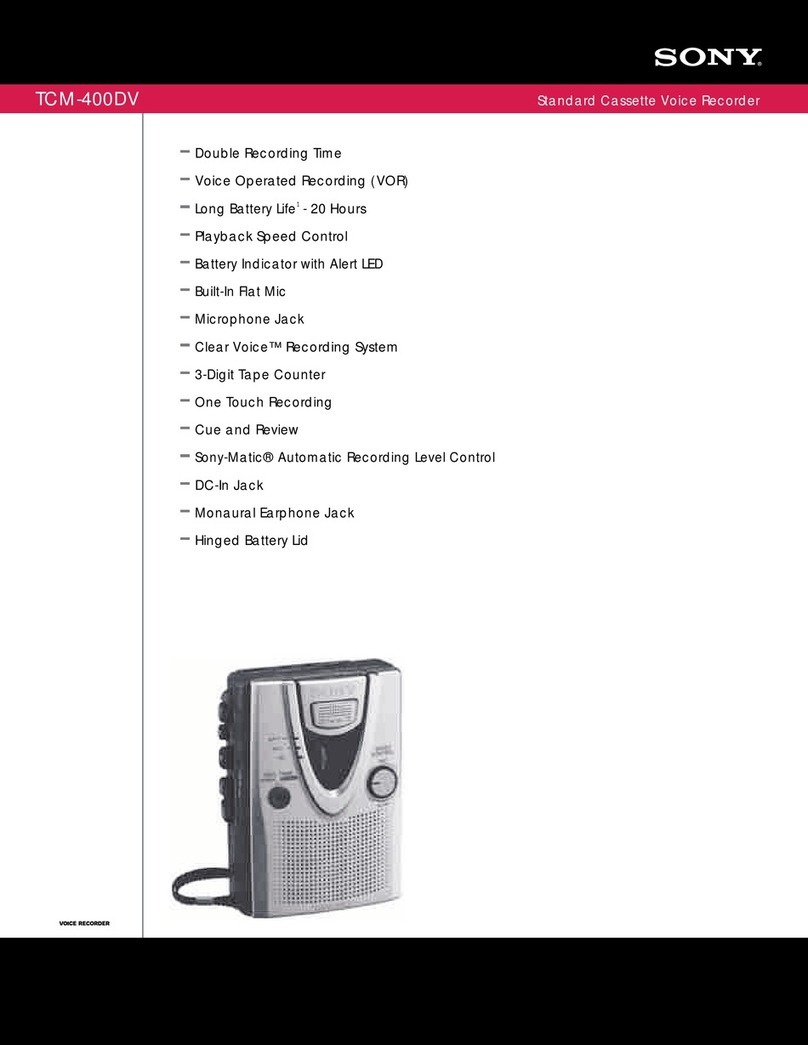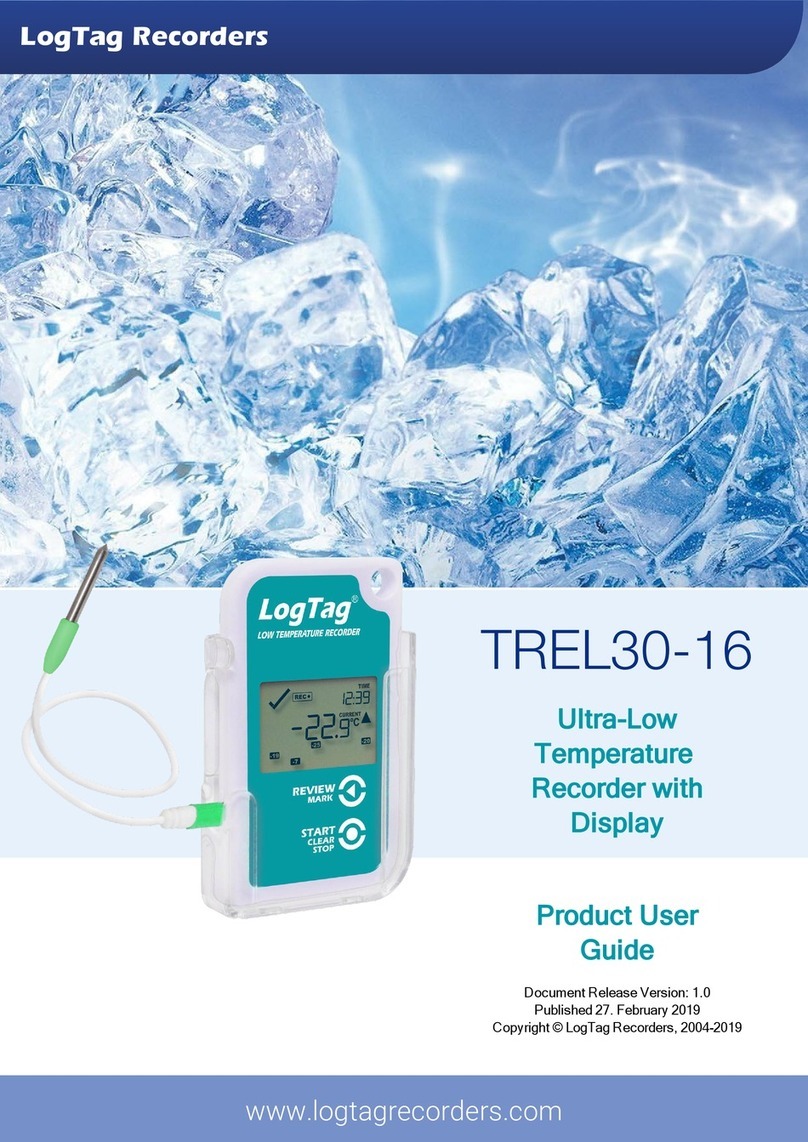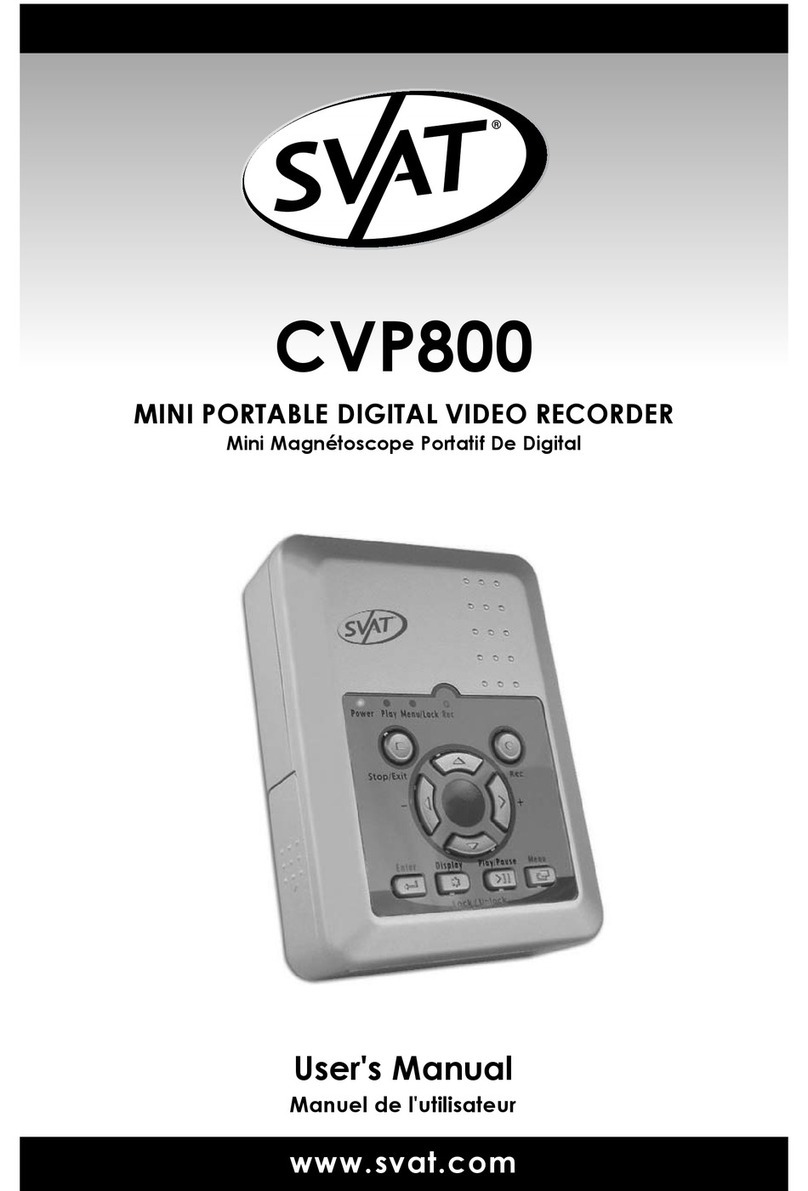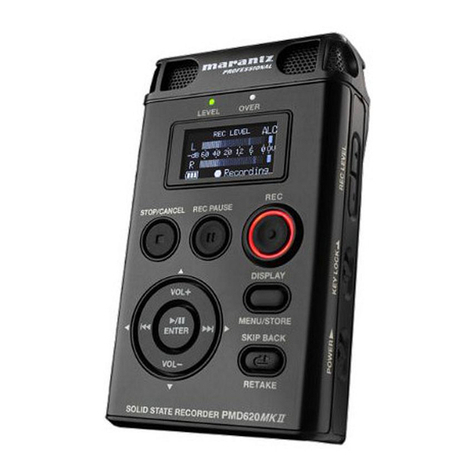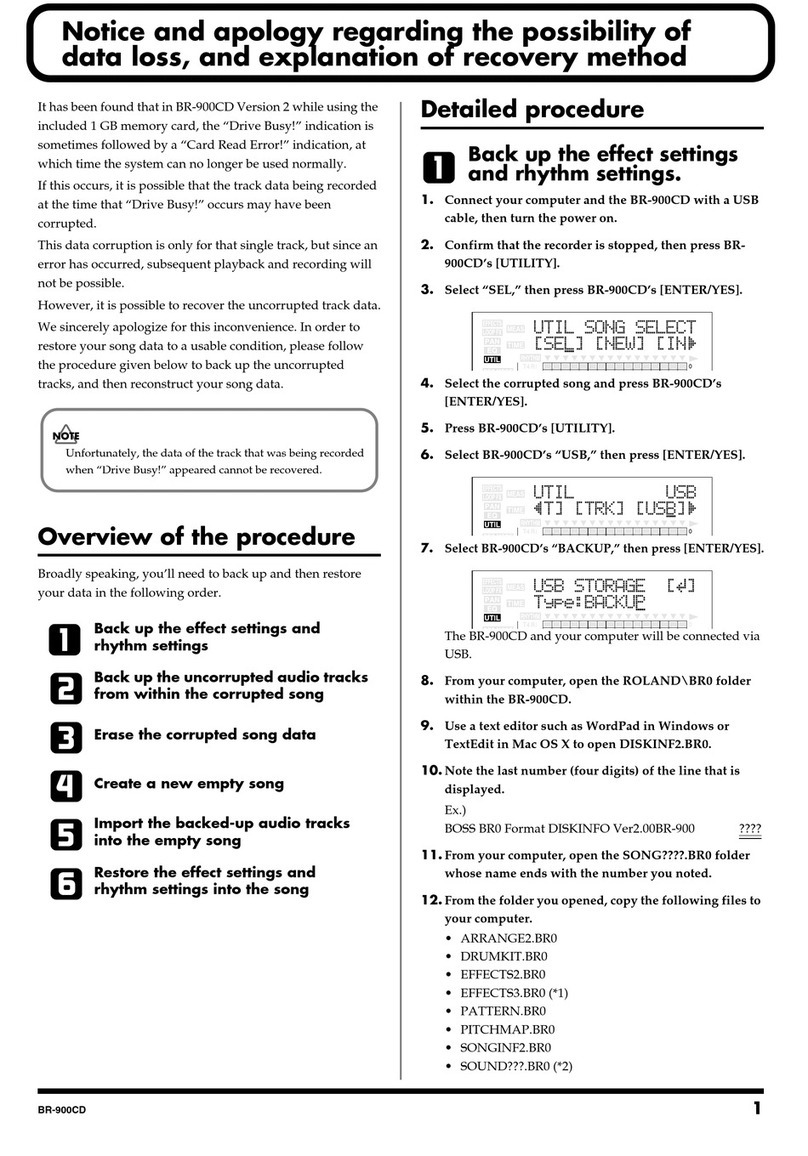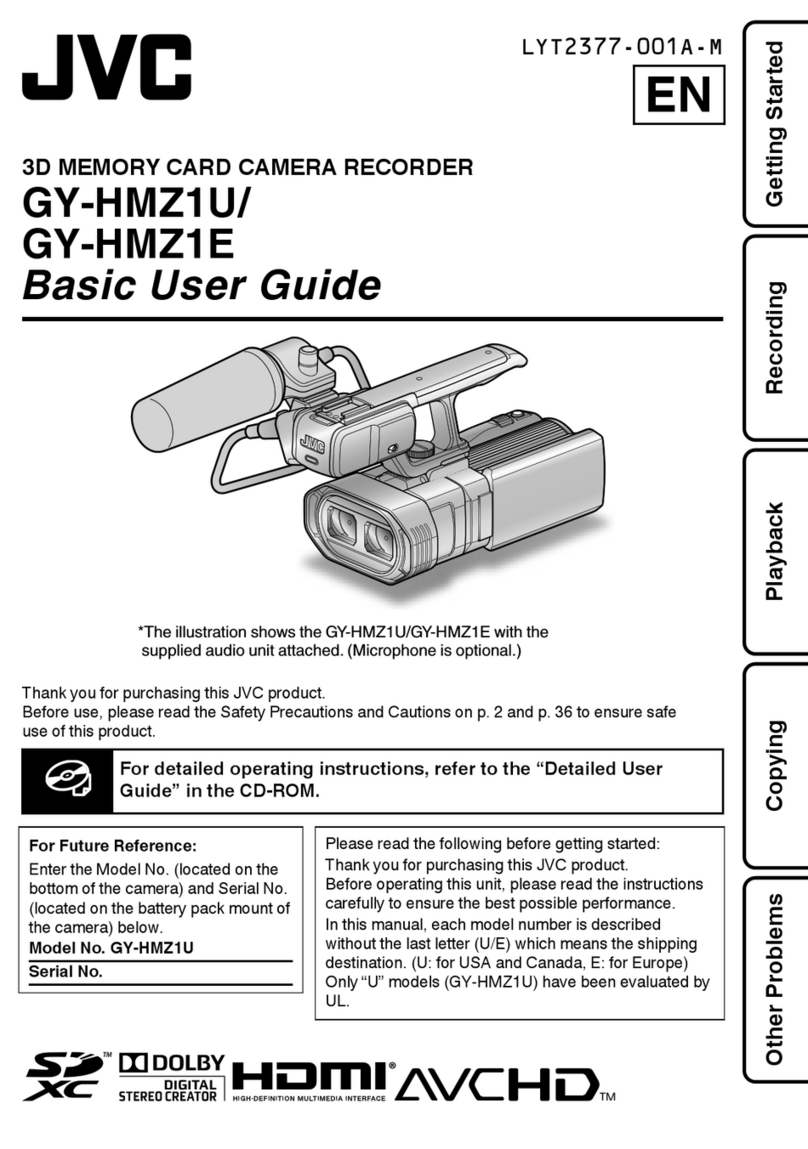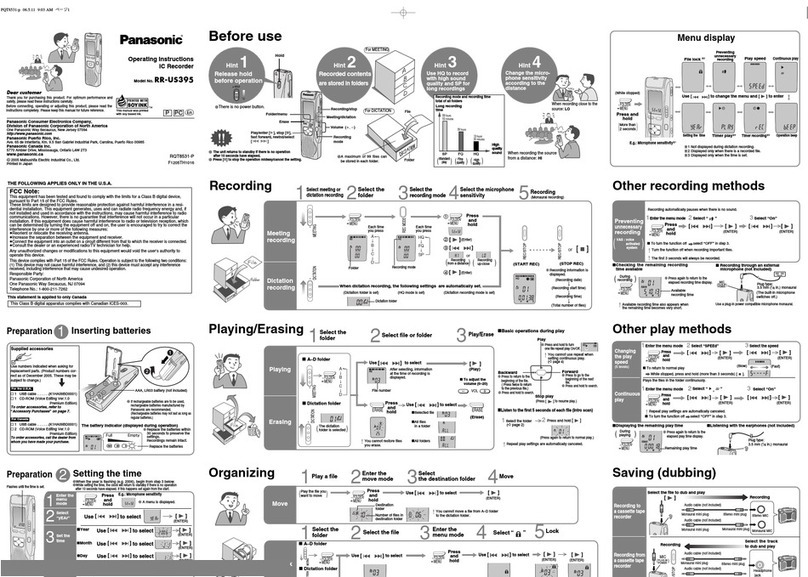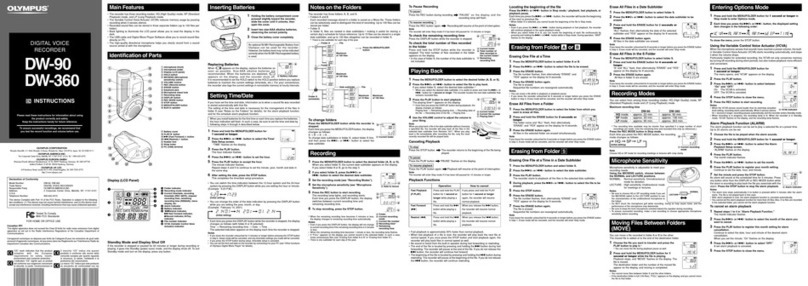
Accom APR•
$WWDFKp
Digital Disk Recorder
bUser Guide
CHAPTER 3 GETTING STARTED
3.1 ABOUT THIS CHAPTER ...............................................................................................119
3.2 POWER PROCEDURES .................................................................................................120
3.2.1 Power Up..........................................................................................................120
3.2.2 Power Down.....................................................................................................121
3.3 DISPLAY SETUP..........................................................................................................122
3.4 EDITOR SETUP............................................................................................................124
3.5 SETUP SYSTEM I/O.....................................................................................................130
3.5.1 System Setup Menu Adjustments.......................................................................130
3.5.2 Video Setup Menu Adjustments ........................................................................138
3.5.3 Setup Audio.......................................................................................................141
3.5.4 Setup Record.....................................................................................................146
3.5.5 Setup Ethernet...................................................................................................155
CHAPTER 4 GENERAL OPERATIONS
4.1 ABOUT THIS CHAPTER ...............................................................................................163
4.2 NUMERIC CONVENTIONS............................................................................................164
4.2.1 Timecode...........................................................................................................164
4.2.2 Frames..............................................................................................................164
4.2.3 Timecode Entry Mode.......................................................................................165
4.2.4 Frame Entry Mode............................................................................................167
4.2.5 Var Play Entries ...............................................................................................170
4.2.6 Invalid Entries ..................................................................................................170
4.2.7 Marking Edit Points..........................................................................................171
4.2.8 Setting Edit Points ............................................................................................172
4.3 RECORDING................................................................................................................173
4.3.1 Basic Recording................................................................................................173
4.3.2 Recording Live or Frozen Video.......................................................................175
4.3.3 Re-Recording a Still..........................................................................................176
4.3.4 Loop Recording ................................................................................................176
4.4 GOTO..........................................................................................................................179
4.5 PLAYBACK MODES ....................................................................................................181
4.5.1 Normal Play......................................................................................................181
4.5.2 Var Play............................................................................................................182
4.5.3 Defining a Var Play Speed ...............................................................................182
4.5.4 Playing with Var Play Speed............................................................................183
4.5.5 Important Points Regarding Var Play..............................................................184
4.5.6 Loop and Ping-Pong Playback.........................................................................184
4.6 SEGMENT PLAYBACK.................................................................................................188
4.6.1 Segment Insert ..................................................................................................191
4.6.2 Segment Pause..................................................................................................192
